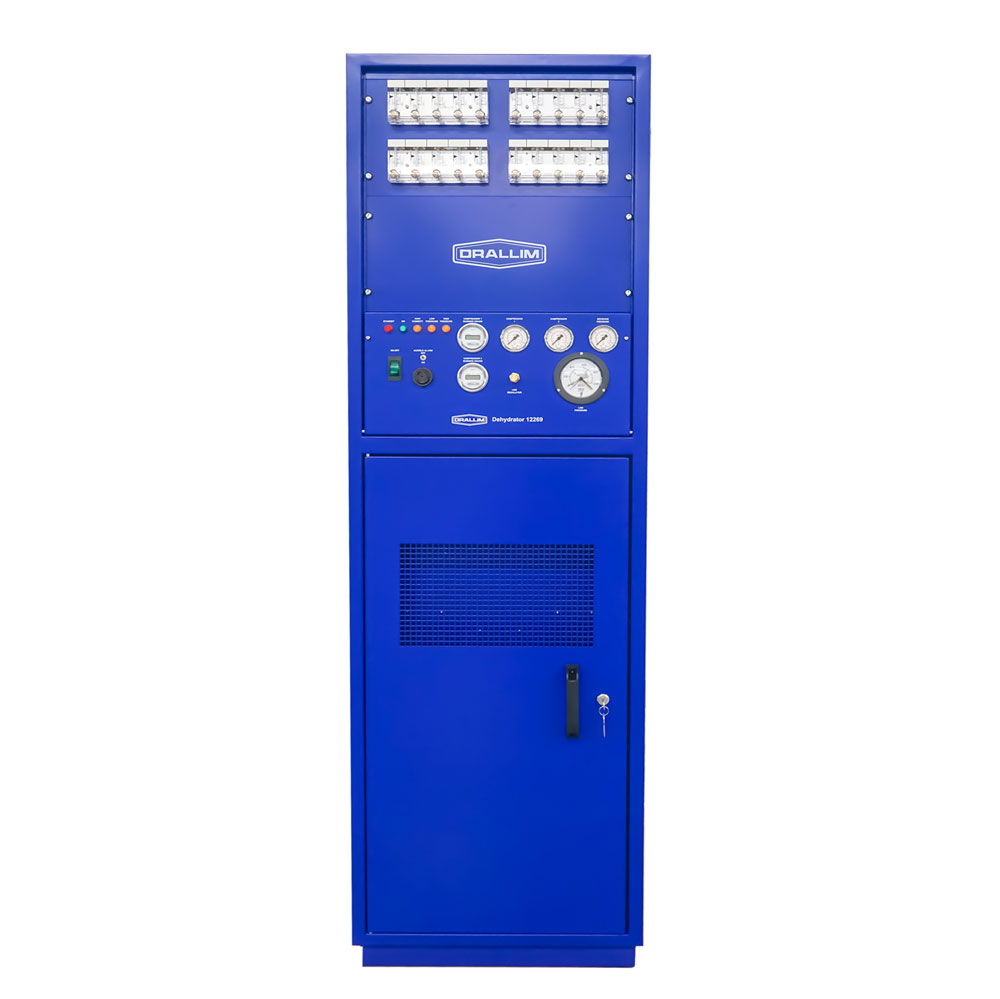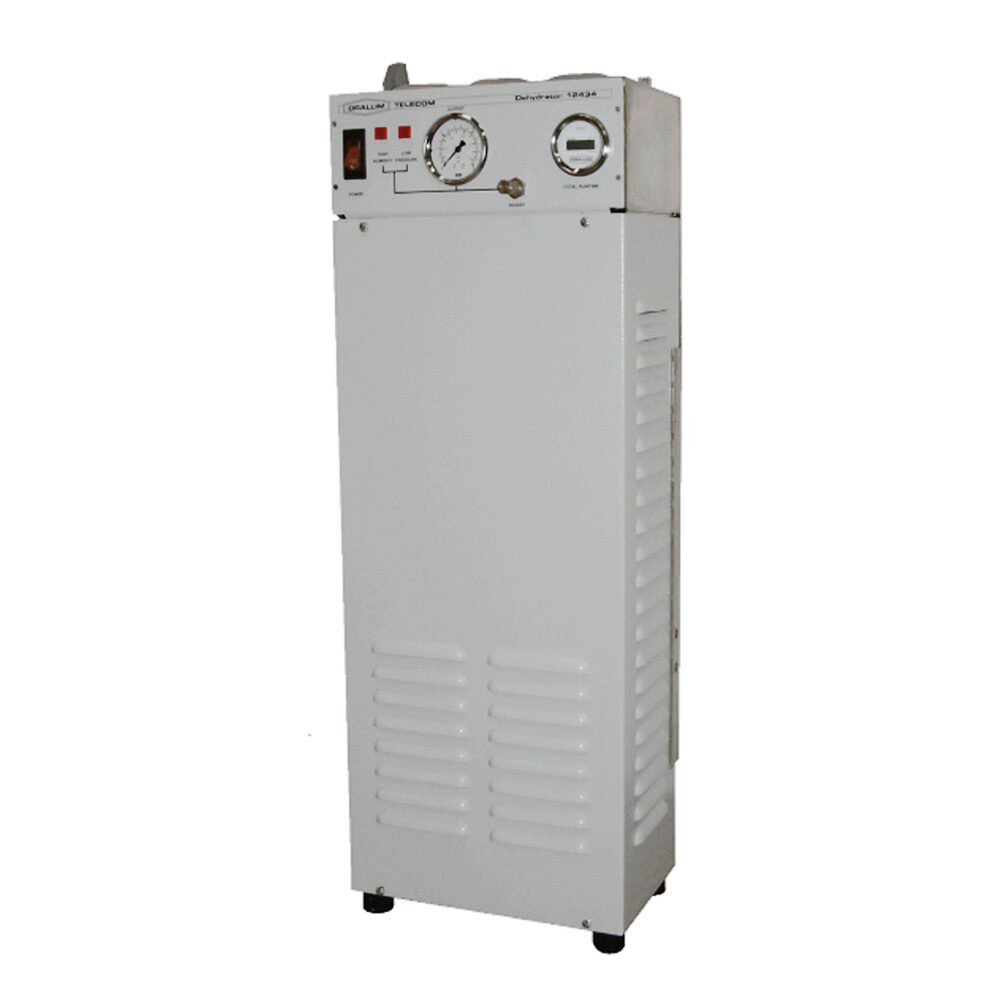Description
The Drallim Cable Protection System enables cable network operators to continuously monitor the integrity of their systems. Over time, ageing cable assets can degrade, be accidentally damaged by works contractor activity or be subject to theft and vandalism. Repair and restoration of service or of cable networks can be costly, and not viable, at worst affecting business reputation.
The main goal of the Drallim system is cable damage prevention. Drallim have gained experience since the 1980s in providing quality, robust pressurised cable air supply equipment, some of which is still in operation.
Much of the UK copper network and RF Waveguide terrestrial TV transmitters have been fed from Drallim units. The devices range from high capacity dry air delivery for city-wide exchanges to precision supply waveguide feeds. To complement this range an embedded monitoring solution was developed to guarantee security of roadside service cabinets, and guard against unauthorised entry. This system was augmented to monitor the integrity of the pressurised cable with continuous polling of pressure, temperature and humidity analysis. This enabled cable operators to react to cable pressure faults and damage, affecting service provision.
In more recent years cable asset core materials have increased in value, and the number of cable theft incidents has soared. In 2014 Drallim were approached by the UK’s main Telecommunications operator to devise a variant of the cable management system that could generate fault alerts within seconds of an unauthorised access or cable fault. A series of transponder types were developed that included, door-switches, passive infra-red and cable break detectors. An Alarm Control Unit that is installed at the heart of the system delivers system operation confidence ‘watchdog’ messages, and outputs Alarm messages to both the system server and Operations staff mobile devices within seconds. Resilient GSM/SMS delivery is provided using dual network SIMs with dual SMS server units attached to the system server.
Today Copper cable theft remains a big problem, and in addition to telecommunications services, other utility companies with extensive cable assets have reacted with interest to cable protection. Drallim have responded to this requirement by introducing smaller form factor devices that are easier to install, are less obtrusive, and more cost-effective.
Drallim Cable Protection has already been adopted by the Rail industry. To configure and record system settings, data entry records are used and Central Alarm Control Units are configured using a software tool that can also be applied remotely. This tool is used to set up the server database, communications methods, user access arrangements, transponder functions and identities.
Drallim now support a flexible system that can be configured to provide asset protection to a range of industries, with nationwide scope. For further information and to see our complete product line, please visit www.drallim.com. The images shown are for illustration purposes only and may not be an exact representation of the product. Products and specifications subject to change without notice.













